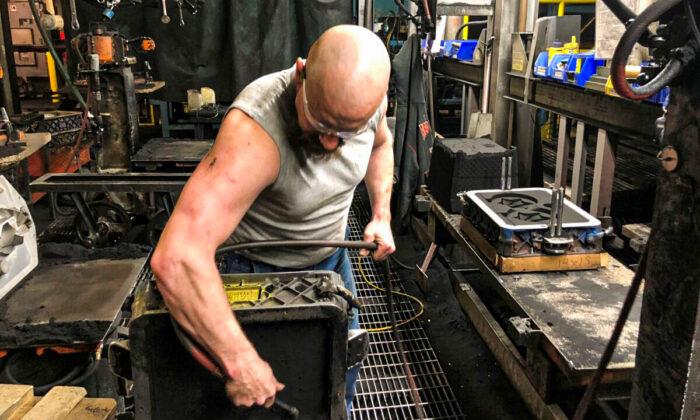The U.S. manufacturing sector in November is showing strong production growth as factories continue to struggle with pandemic-related shortages of raw materials and labor, along with inflation, according to the Institute for Supply Management (ISM).
American manufacturers have recorded 18 straight months of growth since the spring of 2020 contraction at the outbreak of the pandemic.
While long delivery times kept inflation high, the prices paid by manufacturers continued to decline in October, falling to 82.4 from a reading of 85.7 the month before.
The ISM survey’s measure of supplier deliveries in November declined to a reading of 72.2 from 75.6 in October.
The simultaneous economic recovery from the pandemic has led to a supply bottleneck, leaving factories waiting longer to receive raw materials and forcing manufacturers to push increased production costs onto consumers and businesses.
Chris Williamson, Chief Business Economist at IHS Markit said, "Although November brought some signs of supply chain problems easing slightly to the lowest recorded for six months, widespread shortages of inputs meant production growth was again severely constrained to the extent that the survey is so far consistent with manufacturing acting as a drag on the economy during the fourth quarter.
“While demand remains firm, November brought signs of new orders growth cooling to the lowest so far this year, linked to shortages limiting scope to boost sales and signs of push-back from customers as prices continued to rise sharply during the month.”
Businesses and retail are still struggling to keep their inventories stocked due to rising demand. The ISM report believes that the net positive result of this is that the ongoing shortages are spurring manufacturers to increase production to remedy the situation.
Timothy Fiore, head of ISM’s manufacturing survey committee, told AP that the panel remains strongly optimistic, but they “remain focused on the importance of improving supply chain issues to respond to ongoing high levels of demand.”
Employment in manufacturing rose to a seven-month high last month, as due to the massive growth in orders, factories hired more workers to keep up with increased production.
Many manufacturers are still struggling to hire despite the boom in production, with trained worker shortages continuing to remain a problem with 10.4 million jobs still unfilled as of the end of September.
Meanwhile, the Dec. 1 arrival of the Omicron variant in the United States has yet to have an impact on the labor force.
The Labor Department is scheduled to publish its closely watched employment report for November on Dec. 3.





